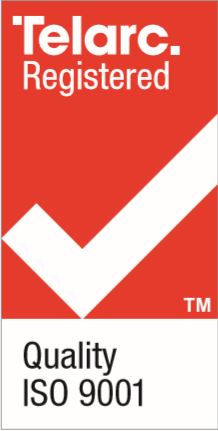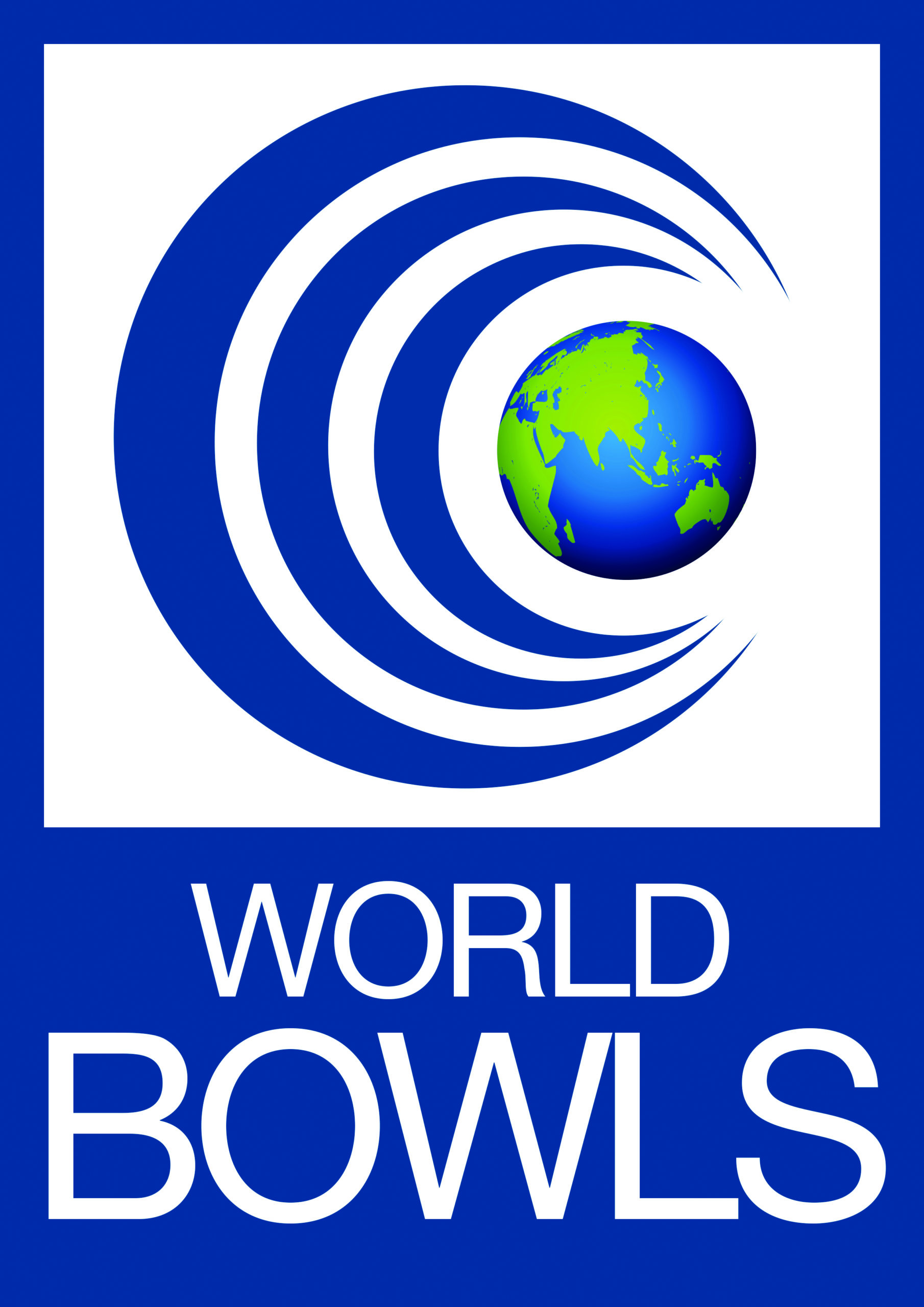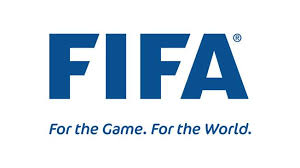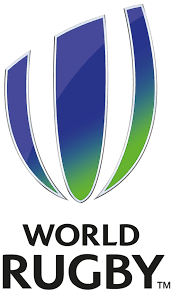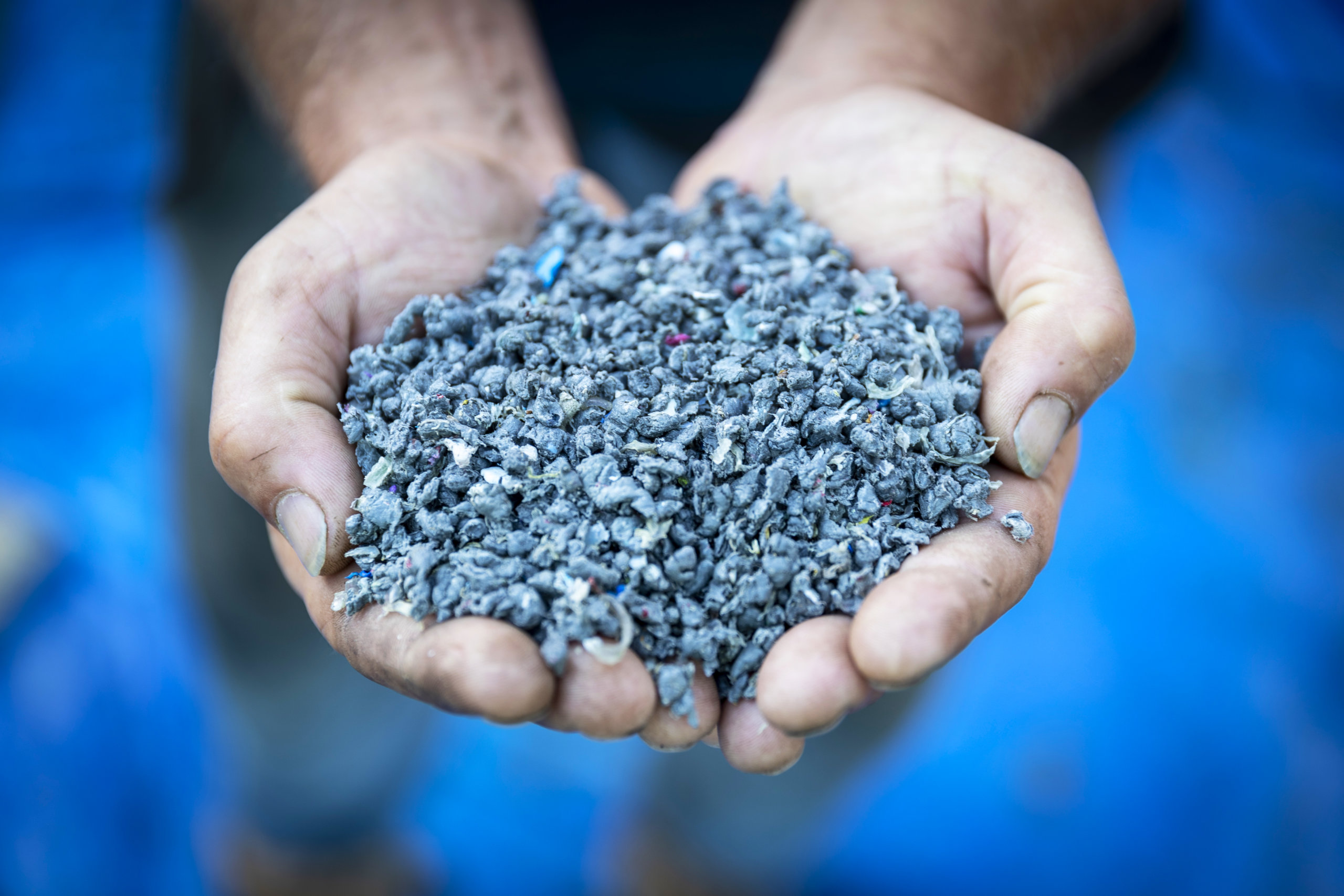
TigerTurf Ecocept
 TigerTurf Ecocept is a high-performance sports base layer made from 80-90% recycled plastic and rubber. This product is the result of years of research by TigerTurf and TenCate grass to find a solution to recycling end of life synthetic turf and other plastic waste. TigerTurf’s goal is to be a net neutral producer of plastic waste.
TigerTurf Ecocept is a high-performance sports base layer made from 80-90% recycled plastic and rubber. This product is the result of years of research by TigerTurf and TenCate grass to find a solution to recycling end of life synthetic turf and other plastic waste. TigerTurf’s goal is to be a net neutral producer of plastic waste.


General Recycling

At the end of the day, recycling the turf into other products and uses is the best option and there is ongoing research into better ways in which synthetic turf can be removed, cleaned and re-used, or components of it recycled.
Synthetic turf has a lot of positive environmental credentials. It is often promoted as being a ‘green’ alternative to natural grass. The main ecological benefits of synthetic turf are:
Water Conservation
 Artificial turf surfaces have a major advantage over natural grass for most sports. Irrigation is a key component in maintaining good quality natural grass, whereas, synthetic turf does not require irrigation in most situations.
Artificial turf surfaces have a major advantage over natural grass for most sports. Irrigation is a key component in maintaining good quality natural grass, whereas, synthetic turf does not require irrigation in most situations.
Although there are some types of synthetic turf that do perform better when watered, this water usage is generally significantly less than that needed to irrigate and maintain natural grass. Research in the US has shown that each full-sized rectangular artificial turf field saves between 1.8 million to 3.7 million litres of water each year.
No mowing
 Mowing grass uses fossil fuels and contribute carbon dioxide into the atmosphere. The environmental impact of your lawn mower may seem minimal, but, according to the EPA, the gas emissions from a 3.5 horsepower gas-powered lawn mower releases the same amount of air polluting emissions in one hour as a new car driven 340 miles (550 km). Extrapolate that out to large areas of natural grass in parks, stadiums and schools, and the impacts soon become significant.
Mowing grass uses fossil fuels and contribute carbon dioxide into the atmosphere. The environmental impact of your lawn mower may seem minimal, but, according to the EPA, the gas emissions from a 3.5 horsepower gas-powered lawn mower releases the same amount of air polluting emissions in one hour as a new car driven 340 miles (550 km). Extrapolate that out to large areas of natural grass in parks, stadiums and schools, and the impacts soon become significant.
Eliminates the use of toxic pesticides and fertilizers
We all know that the runoff of toxic pesticides and fertilisers is a source of water pollution. In fact, The EPA has identified runoff of toxic pesticides and fertilizers as the principal cause of water pollution. So, fertilisers can harm the earth more than help your lawn or football pitch. 1
Artificial turf eliminates the need for pesticides and fertilizers. Again, this may seem insignificant when used in your back yard or local sports field but it all adds to the big picture.
1 https://www.scientificamerican.com/article/how-fertilizers-harm-earth/


